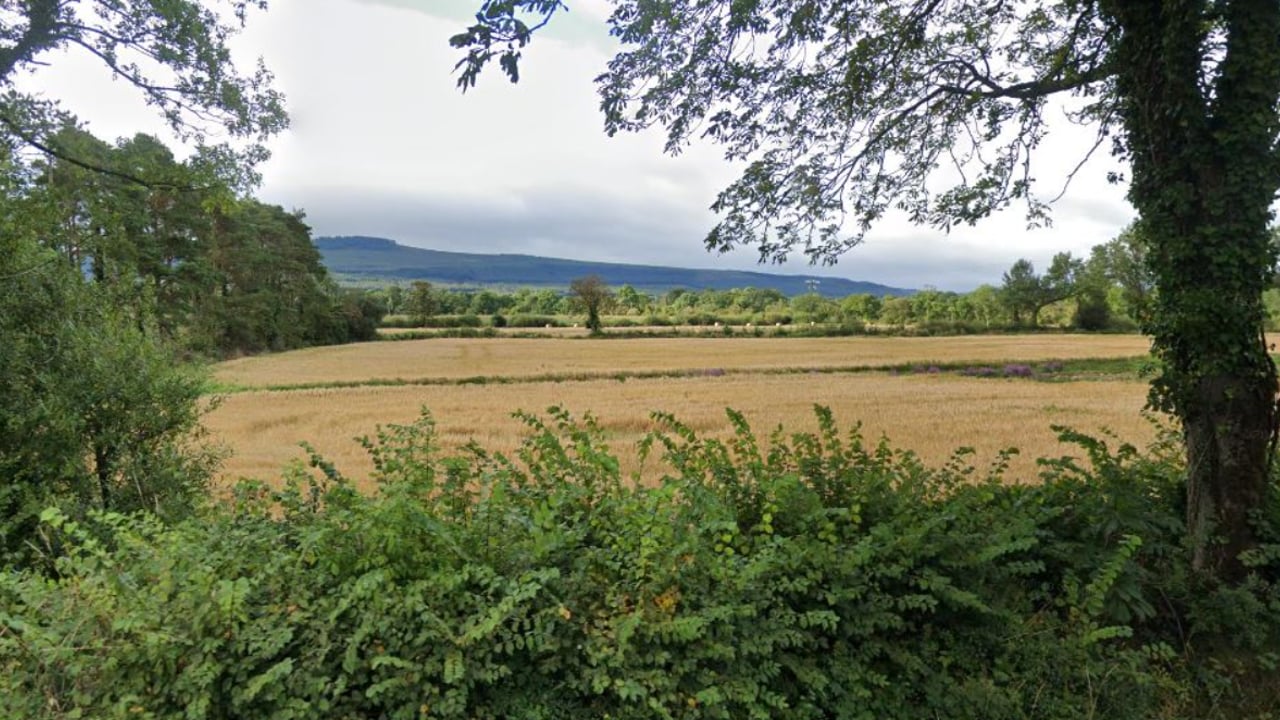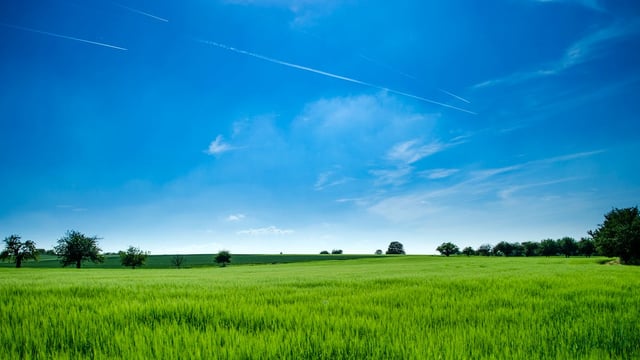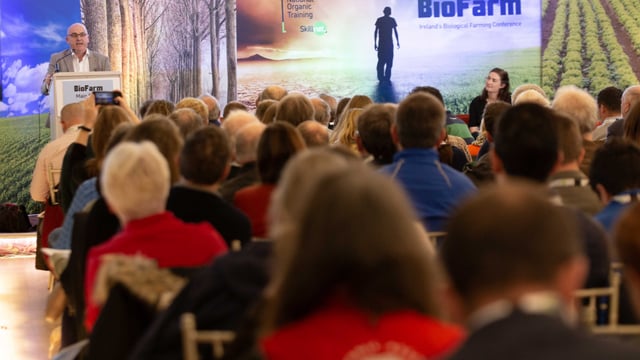Tillage crop area remains stable despite 'various pressures' - DAFM
Figures on tillage crop areas for 2024 show that the overall tillage area has remained relatively stable, despite "various pressures", according to the Department of Agriculture, Food and the Marine (DAFM).
Applications to the Basic Income Support for Sustainability Scheme (BISS) after the closing date for amendments on May 31 showed that the overall area for tillage crops in 2024 is 334,450ha which is a reduction of approximately 1% from 2023.
Over the last four years, the overall crop area, which account for cereals, maize, oilseed rape, protein crops and beet, has increased by almost 21,000ha or 6%.
Wet weather in autumn 2023 reduced winter cereal plantings compared to normal, according to DAFM.
Crop area
The figures show the area of winter cereals is at approximately 94,000ha, which is down 30% on the 2019-2023 average.
However, the reduction in winter cereal area was made up somewhat with an increase of approximately 10% in spring cereals, bringing the spring cereal area to 168,954ha this year and total cereal area to within 3% of last years total.
The area of non cereal crops, including: protein crops; beet; maize; and oilseed rape, has increased from approximately 68,000ha in 2023 to 71,500ha in 2024.
The area of protein crops (peas, beans, cereal/crop mix) has increased by 20% to over 21,000ha while maize area has also increased by 20% to over 23,000ha.
Minister for Agriculture, Food and the Marine, Charlie McConalogue said: "It was a very difficult autumn and spring for planting cereal crops with most spring planting much later than normal.
"While the overall cereal area is down, it is encouraging to see the area of non cereal crops increase by 5%. Increasing the area of non-cereal crops add to the diversity and sustainability of our cropping system.”
Fodder
The results of the recent fodder survey carried out by Teagasc indicate that 25% to 30% of dairy and drystock farmers currently have fodder deficits exceeding 10%.
DAFM recommended the sourcing of whole crop cereal silage and other forage crops from tillage farmers to increase the supply of fodder along with making more grass silage.
Livestock farmers were also encouraged by DAFM to engage with tillage farmers to book straw early to ensure sufficient supplies for feeding and bedding.
While overall straw yields are expected to be higher than 2023, stocks are depleted from last year, according to the department.





